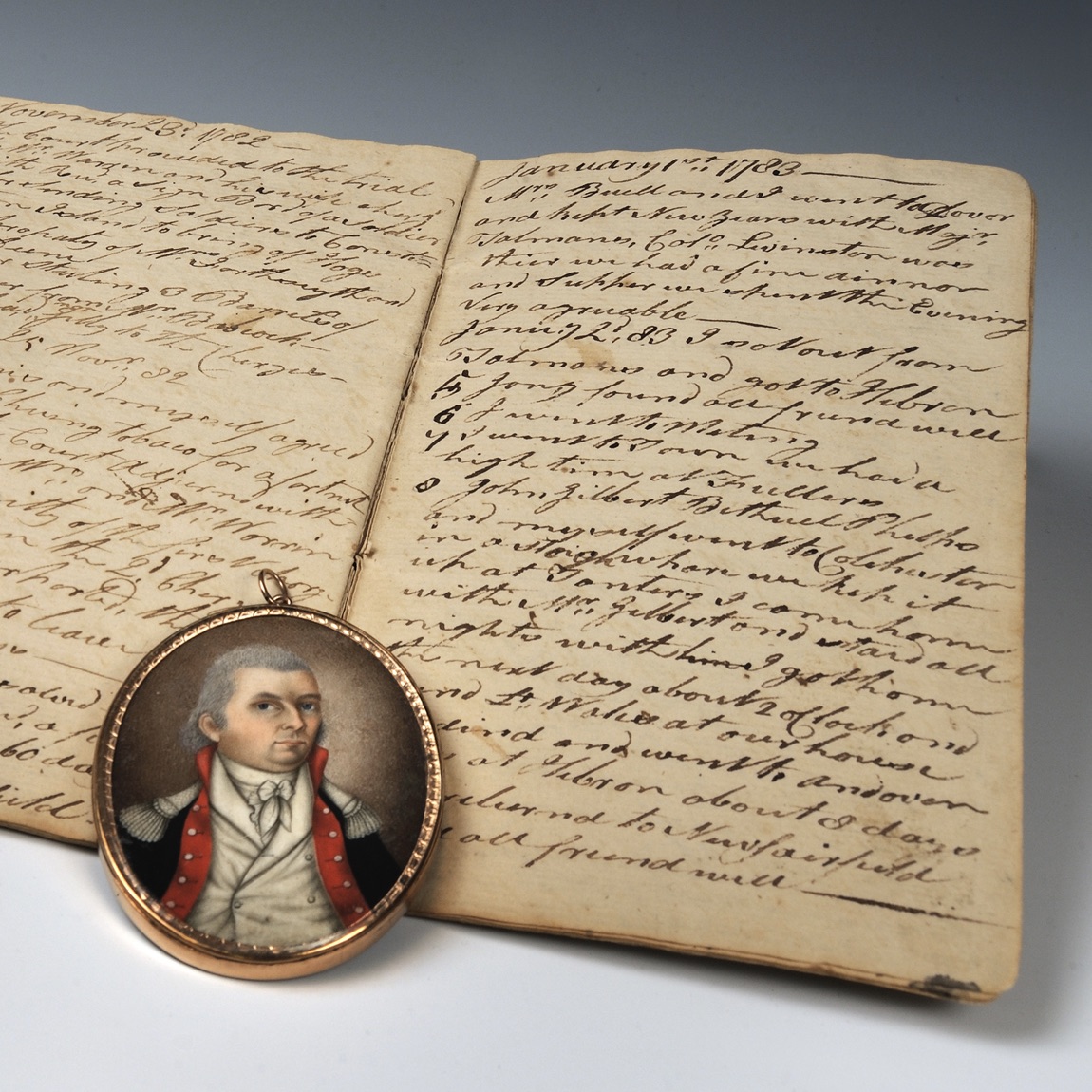

The aim of Imagining the Revolution lesson plans is to teach students how to interpret the visual record of the American Revolution, which consists of visual arts—paintings, drawings, prints, and sculpture. Imagining the Revolution asks students to go beyond the obvious questions about the literal accuracy of images to explore the intent of the artists and the meaning they and their contemporaries attached to the people and events they depicted.

The aim of Revolution on Paper lesson plans is to teach students how to interpret primary source documents, acquaint them with the nature of documentary evidence, and to introduce them to some of the most important documents of the American Revolution. Some lessons address great state papers, while other focus on private documents, including letters and diaries.

The aim of Objects of Revolution lesson plans is to teach students how to interpret surviving artifacts of the Revolutionary era and relate them to the contexts in which they were made and used. The things people made and used in the American Revolution complement the documentary and visual record and offer insights about life in the Revolutionary era that cannot be found in other sources.

A movement to ensure that all Americans understand and appreciate the American Revolution depends upon thousands of talented teachers sharing the constructive achievements of the Revolution with their students. Each year the Institute gathers the best history teachers in the nation for a week-long seminar to discuss the most important themes to teach young Americans and to create model lessons using the Institute’s rich collection of primary source materials associated with one or more of the four primary achievements of the Revolution—our independence, our republic, our national identity and the high ideals that have shaped our national history.

The Institute’s temporary exhibitions at our Anderson House headquarters offer intimate and compelling looks at the history of the Revolution through authentic works of art, artifacts and documents. Exploring themes related to the cause for American independence, the people and events of the war and the Society of the Cincinnati, these exhibitions—and the lessons they inspire—contribute to our understanding and appreciation of the Revolution and its legacy.

The aim of Revolutionary Characters lesson plans is to teach students to frame valid historical questions about the major individuals and groups involved in the American Revolution and to conduct the basic research and interpretive analysis required to answer them. Revolutionary Characters challenges students to ask and answer questions about the ideas and motives of historical actors by using primary sources.
 tea in this watercolor from a 1790 album on Tea Production." width="267" height="267" />
tea in this watercolor from a 1790 album on Tea Production." width="267" height="267" />
The aim of The Revolutionary World lesson plans is to acquaint students with the international and global dimension of the American Revolution, which was tied to the maritime trade, the rise of consumerism in western Europe, the competition between European powers, questions about slavery and freedom, resistance to imperial regulation in the Americas, and other patterns and trends that can only be understood from the perspective of world history.

The aim of the Legacies of the Revolution lesson plans is to acquaint students with the consequences of the American Revolution over more than two hundred and thirty years, including the enduring influence of the Declaration of Independence and the relationship between the American Revolution and abolitionism, the shaping of the women’s right’s movement and the civil rights movement of the 1950s and 60s, and less obvious ways in which the Revolution has shaped American life, like the ways in which we honor veterans and relations between Indians and other Americans.